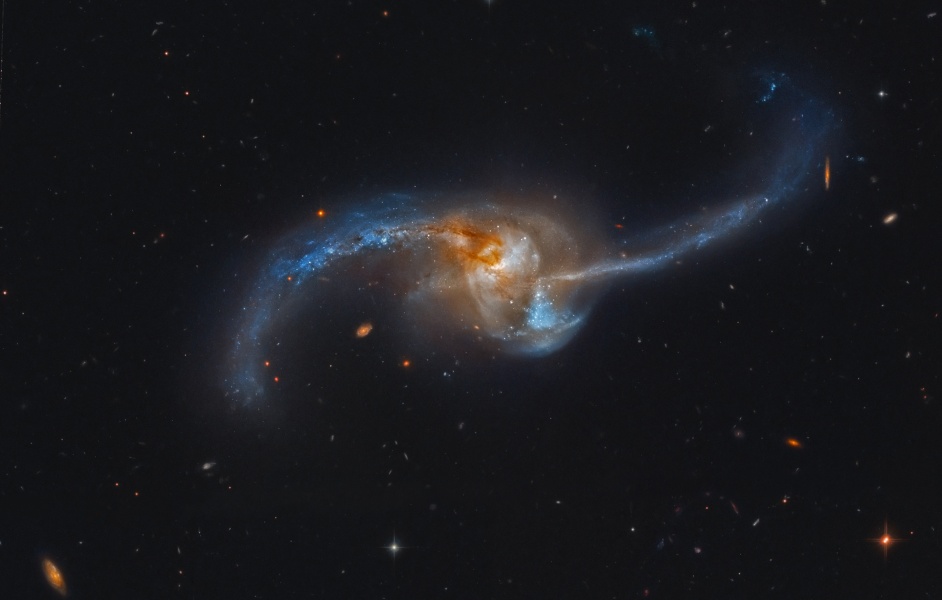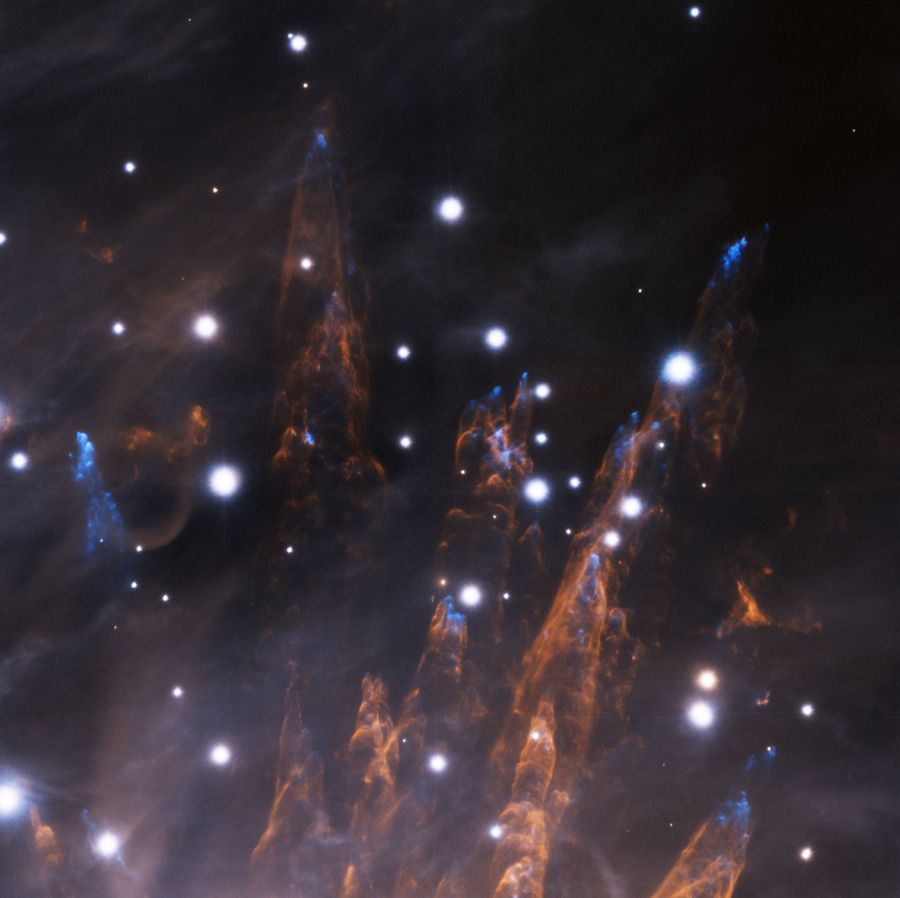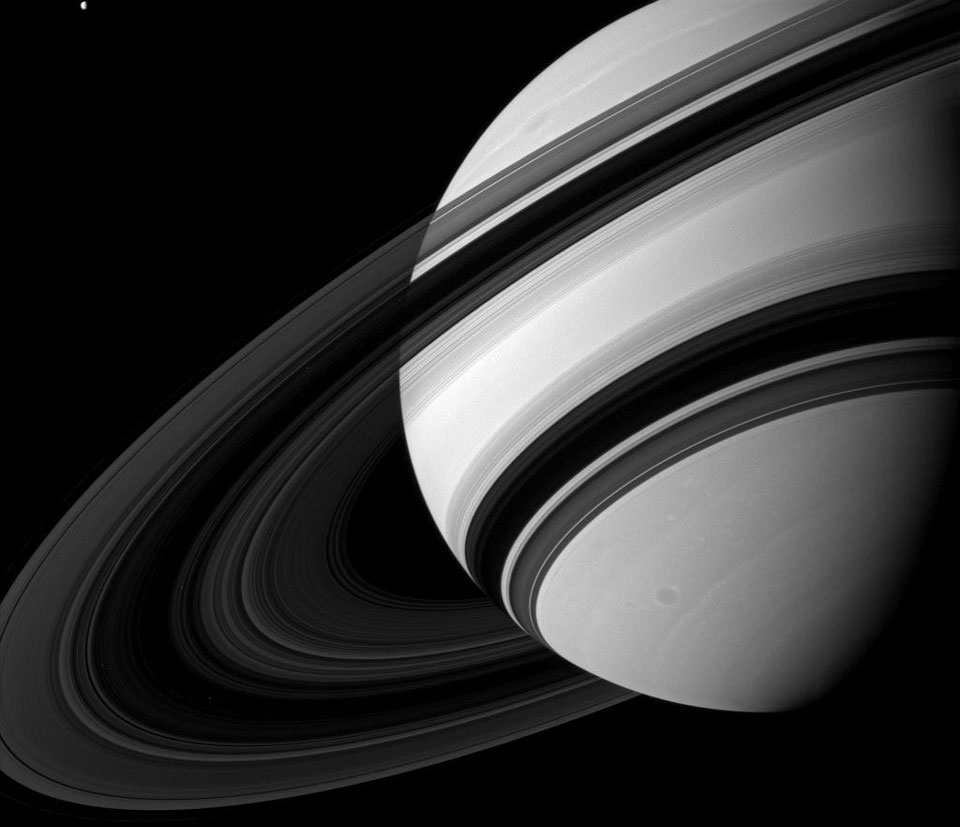Friday, January 18, 2013
Apod 3.1
This is NGC 2623. It's actually two separate galaxies that are slowly merging together. The tails of the galexies are composed of dust, gas, and blue star clusters.
Sunday, January 13, 2013
Q2 Observation Log
December 9th - 7-9pm (Stargaze Session)
Location: Pine View
Viewing techniques used: Naked eye, binoculars, telescope
Saw:
Space Station and a shooting star
Multiple M objects
Jupiter and some of its moons
January 11th - 8-10pm
Location: Glebe Park
Viewing techniques used: Naked eye
Saw:
Orion
Taurus
Jupiter
I'm pretty sure I saw Mars too
January 13th - 7-9pm
Location: Glebe Park
Viewing Techniques used: Naked Eye
Saw:
Cetus, Pisces, Lacerta, Cassiopeia
Location: Pine View
Viewing techniques used: Naked eye, binoculars, telescope
Saw:
Space Station and a shooting star
Multiple M objects
Jupiter and some of its moons
January 11th - 8-10pm
Location: Glebe Park
Viewing techniques used: Naked eye
Saw:
Orion
Taurus
Jupiter
I'm pretty sure I saw Mars too
January 13th - 7-9pm
Location: Glebe Park
Viewing Techniques used: Naked Eye
Saw:
Cetus, Pisces, Lacerta, Cassiopeia
Friday, January 11, 2013
Apod 2.8
Thursday, January 10, 2013
William Cranch Bond
William Cranch Bond was born on September 9th, 1789 in Portland Maine. His father was a clockmaker, Bond built his first clock on his own when he was 15. A lot of his knowledge was self-taught. He had an interest in engineering, which helped him take over the family clock-making business after his father.
In 1806, Bond witnessed a solar eclipse. This sparked his passion for astronomy. Years later when he built his first house, Bond was sure to include an observatory featuring a skylight for astronomical observations. Over the course of his life, Bond identified many new comets. In 1839 as a reward for his discoveries, he was the first to be given the title of "Astronomical Observer" at Harvard College.
8 years later, he became the director of the Harvard Observatory. He was also the first American to be a part of Britains Royal Astronomical Society.
During his time in the Harvard Observatory, Bond observed sunspots, Saturn, and the Orion Nebula M42. His son, George Phillips Bond, aided him in much of his research. With his son's help, Bond discovered Hyperion, one of Saturn's moons.
Bond and his son were the first astronomers to use the Daguerre photographic process in astronomical studies. The process was one of the first methods of obtaining permanent images with a camera. In 1850, they took their first picture using the process; a picture of the star Vega.
William Cranch Bond died on January 29, 1859 in Cambridge Massachusetts.
In 1806, Bond witnessed a solar eclipse. This sparked his passion for astronomy. Years later when he built his first house, Bond was sure to include an observatory featuring a skylight for astronomical observations. Over the course of his life, Bond identified many new comets. In 1839 as a reward for his discoveries, he was the first to be given the title of "Astronomical Observer" at Harvard College.
8 years later, he became the director of the Harvard Observatory. He was also the first American to be a part of Britains Royal Astronomical Society.
During his time in the Harvard Observatory, Bond observed sunspots, Saturn, and the Orion Nebula M42. His son, George Phillips Bond, aided him in much of his research. With his son's help, Bond discovered Hyperion, one of Saturn's moons.
Bond and his son were the first astronomers to use the Daguerre photographic process in astronomical studies. The process was one of the first methods of obtaining permanent images with a camera. In 1850, they took their first picture using the process; a picture of the star Vega.
William Cranch Bond died on January 29, 1859 in Cambridge Massachusetts.
Friday, January 4, 2013
Apod 2.7
This is an image of saturns rings, taken from the side facing away from the sun. This results in pictures that appear to be photo negative versions of ordinary pictures of Saturn.
Subscribe to:
Comments (Atom)


